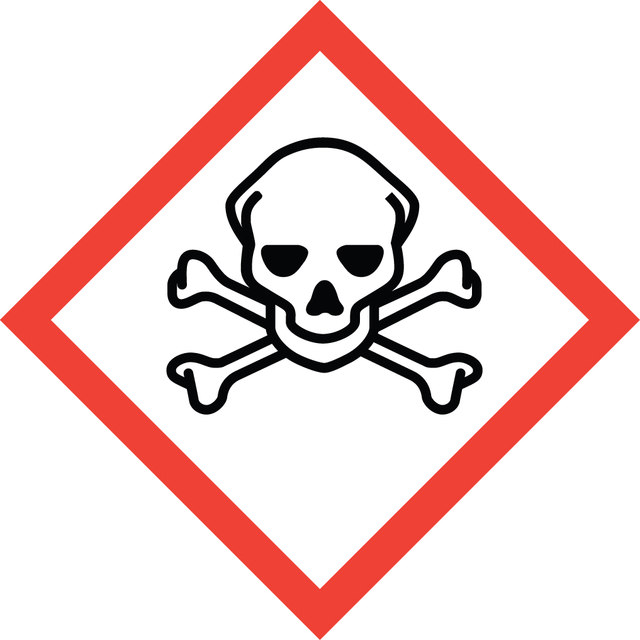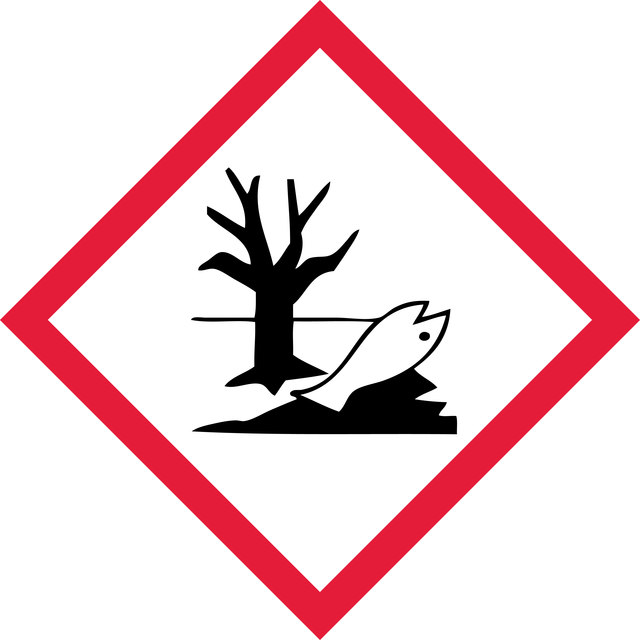분석
≥90% (LC/MS-ELSD)
양식
solid
응용 분야
metabolomics
vitamins, nutraceuticals, and natural products
저장 온도
−20°C
SMILES string
CC(C)c1ccc2c(CC[C@H]3[C@@](C)(CCC[C@]23C)C(O)=O)c1
InChI
1S/C20H28O2/c1-13(2)14-6-8-16-15(12-14)7-9-17-19(16,3)10-5-11-20(17,4)18(21)22/h6,8,12-13,17H,5,7,9-11H2,1-4H3,(H,21,22)/t17-,19-,20-/m1/s1
InChI key
NFWKVWVWBFBAOV-MISYRCLQSA-N
일반 설명
Dehydroabietic acid (DHA or DAA) is a bioactive phytochemical, diterpenoid found in various Pinus species. It is a resin acid and a derivative of abietic acid (AA).
애플리케이션
Dehydroabietic acid has been used as a reference standard:
- to study the aging process of Pinus resins using Fourier-transform infrared spectroscopy (FTIR)
- to study the composition changes in Pinus genus with aging using Raman spectroscopy complemented with infrared spectroscopy
- to estimate resistance against biotic stress as proxy in chemical defenses in Pinus halepensis
생화학적/생리학적 작용
Dehydroabietic acid (DHA) exerts various biological activities such as anti-cancer, anti-aging, antimicrobial, antiulcer, gastroprotective, and cytotoxic activities. It is a potent anti-inflammatory agent and a dual activator of peroxisome proliferator-activated receptors alpha and gamma (PPAR α/γ). DHA has an anti-aging effect and a sirtuin 1 (SIRT1) activating compound. It has antibacterial properties against multidrug-resistant strains. dehydroabietic acid and its derivatives have gastroprotective and cytotoxic effects.
신호어
Danger
유해 및 위험 성명서
예방조치 성명서
Hazard Classifications
Acute Tox. 3 Oral - Aquatic Acute 1 - Aquatic Chronic 1
Storage Class Code
6.1C - Combustible acute toxic Cat.3 / toxic compounds or compounds which causing chronic effects
WGK
WGK 1
Flash Point (°F)
Not applicable
Flash Point (°C)
Not applicable
가장 최신 버전 중 하나를 선택하세요:
시험 성적서(COA)
Lot/Batch Number
자사의 과학자팀은 생명 과학, 재료 과학, 화학 합성, 크로마토그래피, 분석 및 기타 많은 영역을 포함한 모든 과학 분야에 경험이 있습니다..
고객지원팀으로 연락바랍니다.
